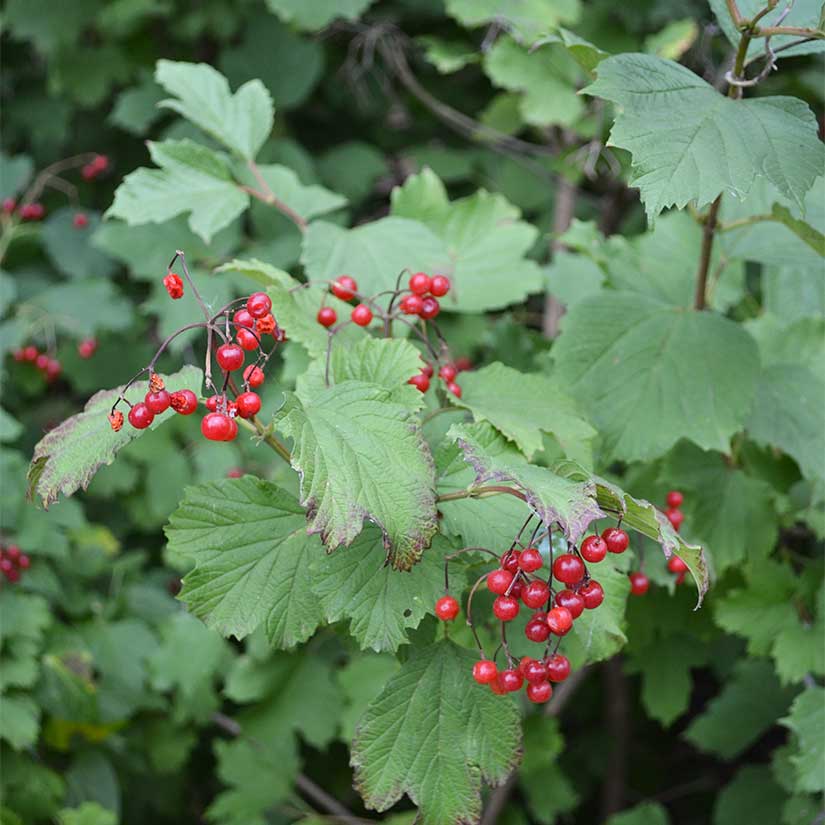Hello! My name is Nikira Lane and I am from Anchorage, Alaska. As a born and raised Alaskan, I spent a lot of time foraging, hunting, fishing, and everything outdoors growing up. Being surrounded by Alaskan culture and traveling to many rural areas with my dad and brothers has helped me to feel a strong connection to living a subsistence and independent lifestyle regarding food. Some of my favorite locations have been Mekoryuk, Kodiak, and Adak to experience different cultures and see beautiful parts of Alaska. Each of these places has incredible subsistence food opportunities and has taught me a lot about myself and the state in which I have lived my entire life.
I am currently a student at Purdue University, about to enter my senior year, studying Agricultural Engineering (Machine Systems Discipline) with minors in Soil Science and Crop Science. After graduating, I hope to spend some time on missions’ trips teaching sustainable ag practices and eventually plan to come home to Alaska where I can help promote food security for my family, friends, and fellow Alaskans who know all too well the dangers of living in a food desert.
Loving people and loving plants have always been two of the things near the top of my priority list. This is why I am pursuing an occupational endorsement through the ethnobotany program. When I heard about the program, I knew I would love the content and develop skills wholly useful and applicable to my future career objectives. At Purdue, I have already taken many classes involving plant taxonomy and morphology, but I am excited to focus on the flora of Alaska and learn even more terms! I have many plants that I absolutely adore, so highlighting a single plant is very difficult. One plant that I have always loved is the highbush cranberry, Viburnum opulus var. americanum Aiton (Adoxaceae). Since I was quite little, my mom and neighbor’s mom took us kids berry picking each summer. We would pick berries all day and then get to make punch base, syrup, jelly, and much more. Absolutely delicious!! I still love to make goodies from high bush cranberry juice.
We own a few microscopes in my house already actually because we are all a bit too obsessed with science and all things insects, plants, or microscopic. I plan to use one of these for the dissections, but I still need to dig the good one out of the crawl space, so I do not have a picture of it yet. Instead, I have included a picture of the highbush cranberry plant with ripe berries.



Welcome Nikira,
Sounds you are on an amazing adventure including plants, travel and promoting food security in the great state of Alaska. Great to hear you have already experienced the many joys of foraging, hunting and fishing and will be in position soon to share this with others, as well as provide innovative approaches to food security. Your degree paths sounds very interesting, plus your minors, that will surely prepare you well for a rewarding career, and I hope it will be in Alaska. Viburnum edule is a very attractive plant. Viburnum opulus is a commonly cultivated plant, but the native plant in Alaska is Viburnum edule. Now the recognized family name according to the Flora of North America has also changed to Viburnaceae. Science never stands still…
Below an image of Viburnum edule lateral winter buds taken in BIOL331 with our fabulous Macropod Camera set-up